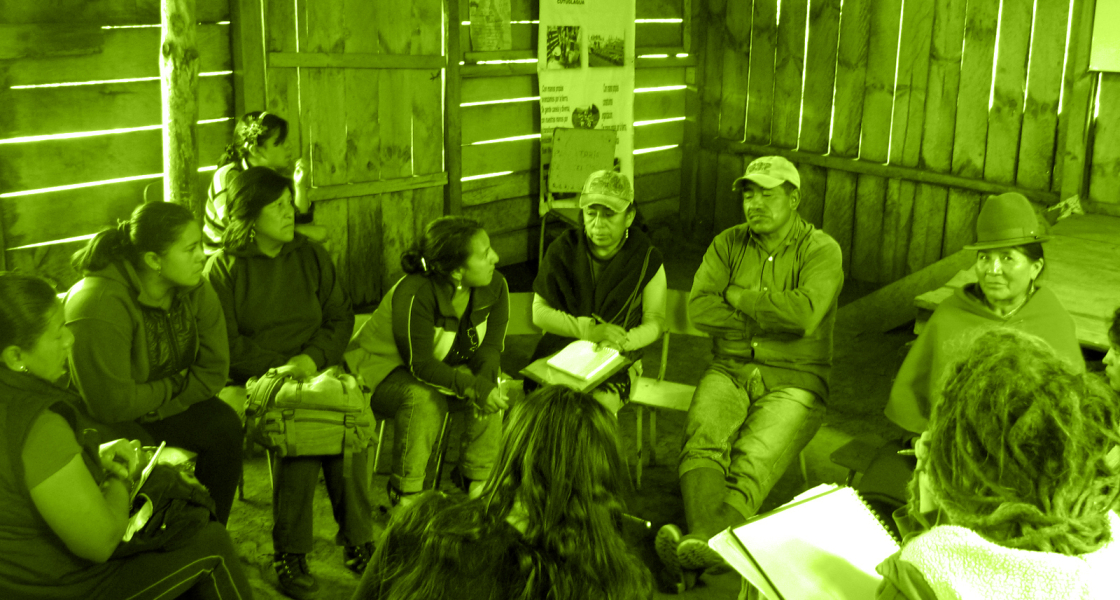Informal discussions with topical questions used to guide conversation. pdf download
Goal: To obtain in-depth, qualitative information from those who experience the issues.
Audience: Individuals or groups of varying ages. The audience should be as representative of the population as possible.
What you need:
– Questions readily drawn up
– Note paper
– Writing pens and pencils
– Highlighters
– Recording device (e.g. mobile phone or a handheld digital recorder)
– Location to carry out the interview (if you need a private space this must be organised in advance)
– Comfortable seating arrangements
– Refreshments if the interview is expected to take longer than 15 minutes
Description
Semi-structured interviews are informal conversations for gathering information and understanding issues in more detail, either as individual interviews or group interviews (e.g. focus groups). They are based on a pre-determined set of topics, which can be added to and modified as needed. The interviewers prepare a list of questions to use as a general guide, rather than reading questions from a fixed questionnaire, these can be designed based on prior observation of the community. Facilitators can examine community issues in depth and to explore the perceptions, feelings and opinions of community members. Preparation (if not impromptu) should include preparing the interview guide and setting the context (time, place, seating arrangement and language).
Instructions:
Step 1: Find a representative sampling to interview and either as groups or as individuals, in turn have them seated in a quiet location (e.g. a comfortable room).
Step 2: Introduce yourself and the participant on a recording.
Step 3: Use predesigned questions to suggest as topics of conversation, but allow for meandering for a fuller understanding.
Step 4: Record notes where necessary but remain engaged in conversation.
Step 5: For larger groups, engage with and encourage all participants as equally as possible




